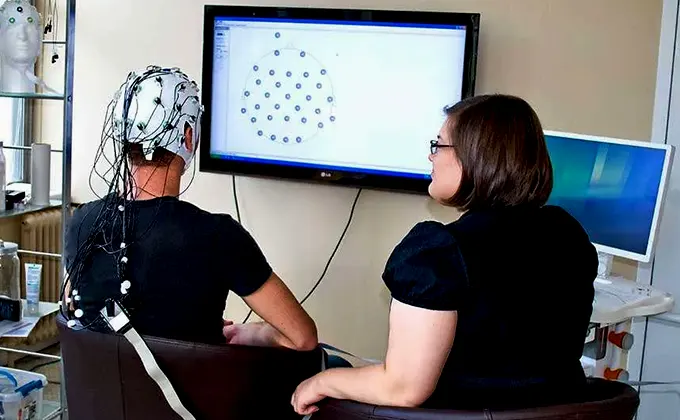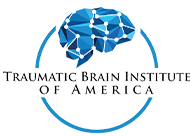
Quantitative Electroencephalography (qEEG) is a specialized technique used to measure and analyze electrical activity in the brain. It involves placing electrodes on the scalp to record brainwave patterns, which are then analyzed using computer algorithms to extract quantitative measures of brain function.
In the context of traumatic brain injuries (TBIs), qEEG serves as a valuable tool for detecting and assessing abnormalities in brainwave activity that may result from injury or dysfunction. By comparing qEEG results to normative databases or age-matched controls, clinicians can identify deviations indicative of TBI-related pathology.
Quantitative Electroencephalography
Although qEEG does not provide structural images of the brain like MRI or CT scans, it offers insights into functional brain activity and connectivity. Changes in brainwave patterns detected by qEEG can help localize and characterize abnormalities in specific brain regions or functional networks, aiding in diagnostic assessment and treatment planning for individuals with TBIs.
Clinically, qEEG is used to assess cognitive function, monitor treatment response, and guide rehabilitation interventions in TBI patients. It provides valuable information for understanding the underlying neurophysiological changes associated with TBI and optimizing patient care strategies accordingly.

